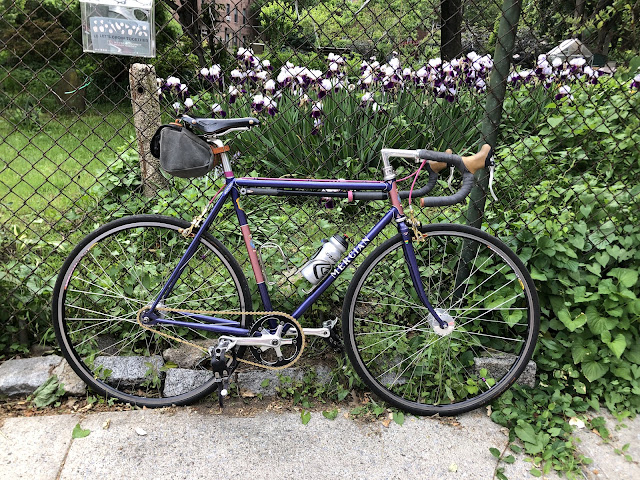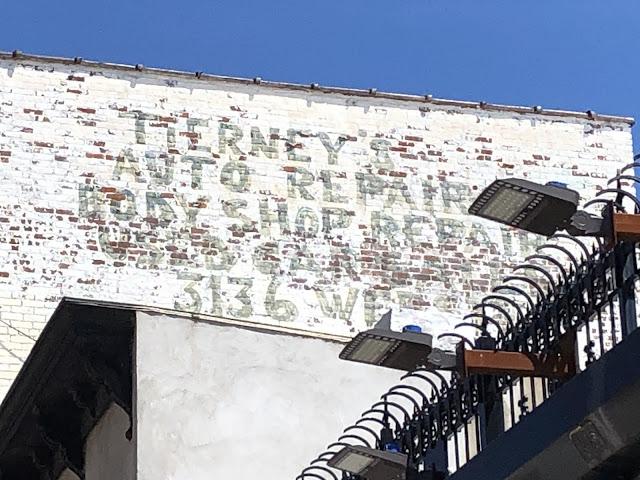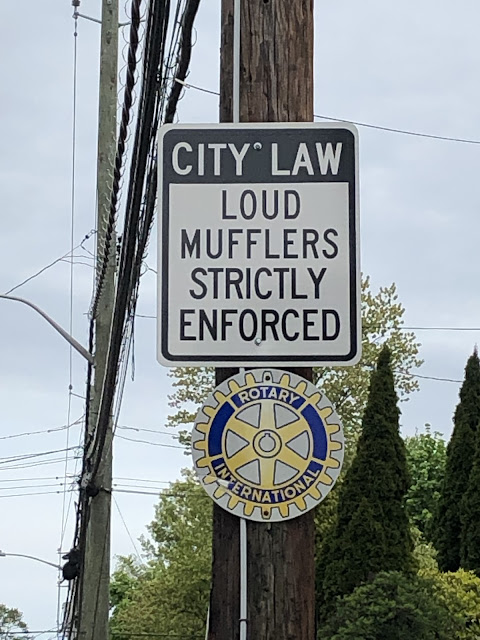Yesterday I packed a picnic lunch of Addeo’s bread, Delice de Bourgogne cheese and some nice, ripe cherries and hopped aboard Tosca, my Mercian fixed gear bike.
On about as pleasant an afternoon as one can hope to have, I spun down Creston and Walton Avenues to Yankee Stadium, where I crossed the Macombs Dam Bridge into Harlem. Then I crisscrossed that iconic neighborhood to the Hudson River, where I picked up the Greenway and rode—with a breeze at my back, it felt more like sailing—down to the World Trade Center, where I took the PATH train to Jersey City.
After enjoying about half of my picnic along the waterfront, I zigzagged through modern office towers and charming row houses down to Bayonne*. A highway crosses over the line between it and Jersey City; a man I’ve seen before lives under it, in a tent, with a bicycle—it looks like a ‘90’s mountain bike—I’d seen on previous rides.
The first time I saw him, his tent and his bike—probably a couple of years ago—I stopped and offered him food and money. He thanked me and refused both. I have been tempted to photograph him and his encampment because they seem to be as established there as the houses, apartments, stores and offices of the two cities he straddles. But I haven’t because I figure that if he’s refused my help, he wants his privacy. Could it be that he worries about being “exposed”—to authorities, or in general?
Anyway, after crossing the Bayonne Bridge, I rode along the North Shore to the ferry terminal. After “rush” hour, boats run less frequently, and I just missed one.
Once I boarded and the boat pulled away from the dock, however, I wasn’t complaining.
Nice evening, isn’t it?,” a deckhand mused.
“It’s like we’re on a sunset cruise” I quipped. “And it’s free!”
“We take whatever little luxuries we can get,” he said. I nodded, feeling that not only was it a “little luxury;” it was a privilege.





























